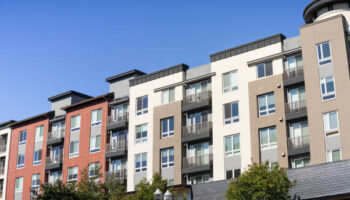Retaining walls play a crucial role in civil engineering projects, providing support and stability to slopes, embankments, and structures. A well-designed retaining wall can prevent soil erosion, control water drainage, and enhance the overall safety and aesthetics of a site. In this article, we will delve into the significance of retaining wall design and explore the key factors to consider when undertaking such projects.
Factors Influencing Retaining Wall Design
Soil and Site Analysis
Before embarking on any retaining wall project, a comprehensive analysis of the soil and site conditions is imperative. Understanding the soil type, its properties, and the hydrological aspects of the location will aid in determining the appropriate design approach. Factors such as slope stability, groundwater levels, and seismic activity must be thoroughly assessed to ensure a resilient and durable retaining wall.
Structural Considerations
Retaining walls come in various types and designs, including gravity walls, cantilever walls, and reinforced soil walls. The choice of structure depends on factors such as the height of the wall, the magnitude of the load it will bear, and the available space. Structural engineers employ their expertise to calculate the necessary dimensions, reinforcement requirements, and construction techniques to ensure the wall can withstand the applied forces and maintain stability over time.
Importance of Professional Retaining Wall Design
Safety and Stability
One of the primary objectives of retaining wall design is to ensure the safety and stability of the structure. Improperly designed walls can lead to catastrophic failures, posing risks to property and human life. By engaging professional engineering services, you can be confident that the retaining wall will be designed in accordance with industry standards and local regulations, minimizing the potential for accidents or structural collapses.
Environmental Considerations
Retaining walls have an impact on the environment, particularly in terms of water drainage and soil erosion. A well-designed wall incorporates appropriate drainage systems to mitigate water pressure and prevent the accumulation of hydrostatic forces. Additionally, erosion control measures can be integrated into the design to preserve the natural integrity of the surrounding landscape and minimize the environmental footprint of the project.
Conclusion
Retaining wall design is a critical aspect of engineering projects that involve slopes, embankments, or structures. By thoroughly analyzing the soil and site conditions, considering structural requirements, and engaging professional engineering services, you can ensure the safety, stability, and environmental sustainability of your retaining wall. Remember, investing in proper design upfront can save you from costly repairs and potential hazards in the future.





